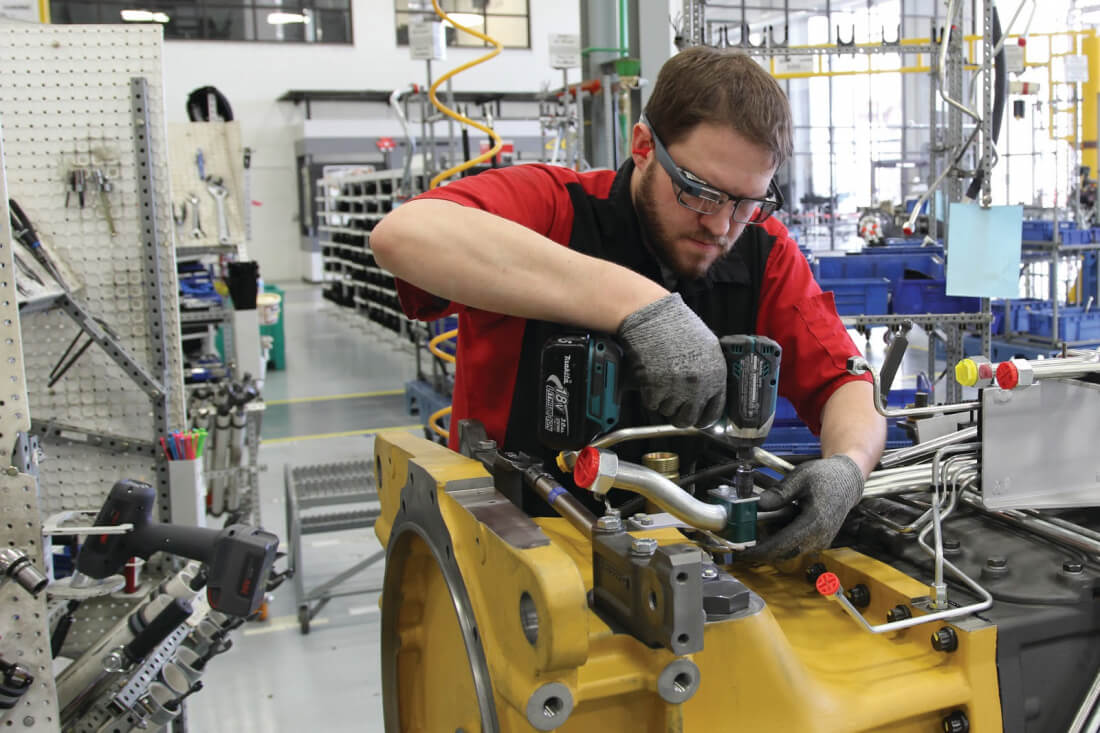
Google is officially bringing back its augmented reality wearable as an enterprise-focused product. Although the consumer version of Glass, after the initial media hype, delivered less than it promised, the company believes it can repurpose it as a practical workplace tool that saves time and money. In fact, Glass Enterprise Edition has already been tested and deployed across many factories in the United States by companies such as Boeing, GE, AGCO, DHL, and others.
The updated device includes a camera module that bumps resolution from 5 megapixels to 8, it has longer battery life than its ill-fated predecessor, a better processor, an indicator for video recording and improved Wi-Fi speeds. Google says it also made some improvements to the design and hardware so that it’s lightweight and comfortable for long term wear.
Citing a few examples, Google noted how workers at agricultural machinery manufacturer AGCO, have reduced production times by 25% and inspection times by 30%, simply by cutting down on the amount of back and forth workers have to do accessing checklists, viewing instruction manuals or sending photos from tablets or laptops as they assemble machines.
Similarly, workers at GE Aviation in Cincinnati have also improved efficiency by between 8–12%, reducing the times they have to put their tools down to consult instructions in between steps.
The idea is that workers in manufacturing, logistics, field services, and healthcare find it useful to consult a wearable device for information and other resources while their hands are busy. It remains to be seen how successful it can be in these environments but it definitely sounds more useful than it ever was in its original consumer version.
With today’s announcement, Google is lifting the non-disclosure requirement on its current Glass Enterprise Edition partners and is opening up the program for more businesses to participate.